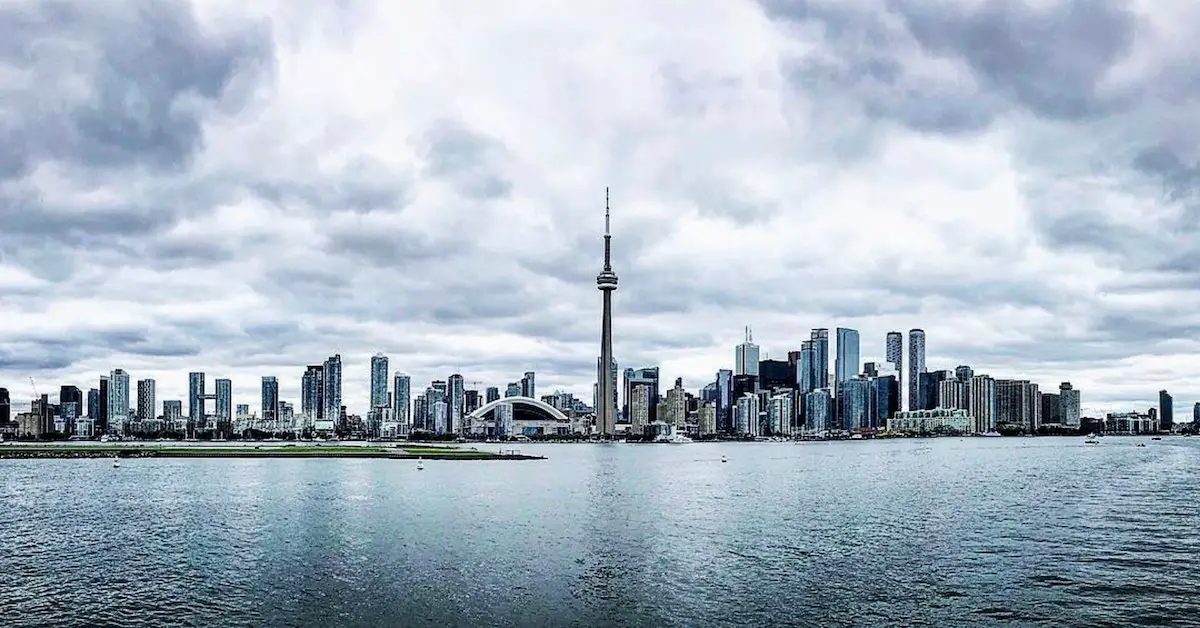“The qualities of a city like Tokyo that is parts-oriented to begin with, although appearing chaotic and lacking any principle or order, may at last be appreciated in the coming age.” Yoshinobu Ashihara.
Tokyo, a city of parts where the individual defines the large scale shows the elimination of the hierarchical city, quietly dismissing accumulated forms of power in favour of a situation in which everyone is free to realize their possibilities. Tokyo makes it possible for slim segments of the population to generate their own environments in scattered oases of a vast metroscape. What emerges here is the idea of the city of unimposed order, consisting of communal self-determination on one hand and individual freedom on the other. Here authority is practical, rather than absolute or permanent, and based in communication, negotiation.
Small places of anarchy are zones of human-scale action, attachment and care. They can:
1) Replace state control with regards to an aspect of city life.
2) Take away that aspect from the requirement of majority rule.
3) Promote unimposed order as the style working.
They are located within the existing system, tacitly accepted or actively protected, and may take many forms. They are not the whole of society but occupy space within the existing order and can be entirely individual in nature. They are not consciously based in anarchist ideology because “anarchy is a normal tendency in voluntary organized social life, where spontaneous order comes out without an imposition.” The virtue of unimposed order thus develops through learning of the practice of rational freedom – that the complexity of the social world can be an asset rather than a source of perpetual war.
[Section based on a collage of Bamyeh (2009), with snippets of Di Francia (1982:225) and Feireiss (2000:5)]
This post presents three recent and ongoing attempts at documenting and understanding Tokyo’s small places of anarchy:
(1) Tokyo DIY Gardening
(2) FIXing the Neighbourhood
(3) Collaborative Mental Mapping
Tokyo-DIY-Gardening celebrates ordinary and extraordinary efforts to bring nature into the world’s largest city. It is an open sourcebook and resource for urban gardening on a personal level –“hands-on gardening for a crowded city”. It documents the objects and techniques of Tokyo’s informal gardens – down-to-earth places and constructions which blend social norms, tradition, personal memory, community and friendship, frugal pleasures and practicality, beauty, and mutual independence between gardeners and plants. This gardening quietly assumes responsibility for the beauty, tidiness and often edibility of fine-grained city locations, and is formed and evolved through continuous negotiation, communication and relationships among those who care.

Pots take over a corner plot near Shinjuku.

Growing rice and tomatoes on the backstreets of Tokyo’s culture capital of Harajuku.

Grape lover covers his house in vines in up-market Minato-ku.

People living along the Tamagawa Josui green road take care of 5m sections of the pathway in frugal ways.

Smoking and vending machine spot decorated with local wildflowers in a can.

Neighbourhood bird feeder constructed of ashtrays and wire.

Garden jazz band in apartment complex communal green area.
Quick, timely, inexpensive, disposable, plentiful, distinct, minimal, ambiguous, hopeful – these robust, agile and fine-grained ‘fixes’ show flexibility and adaptability to local and personal needs and opportunities.

Senior Citizens create a mini-golf course in a local park.

Residents enclose dead space under the balconies of their public housing apartments to add storage space for gardening equipment and other ‘junk’.

A ‘pocket park’ rubbish bin is covered with a crow-repelling cage constructed from an old grocery crate and some plastic twist ties

Local recycling facilities in a small park constructed from plastic bags and pegs.

A man has reclaimed his fishing spot in West Tokyo by cutting through the fence that had temporarily barred access.
This project is part of the syllabus for the University of Tokyo course ‘Mega-Cities: Design Anthropology and Urban Landscapes’ taught by Jared Braiterman, and a featured resource of the URBAN DESIGN Lab at the University of Tokyo Graduate School of Engineering.
“‘Old school’ mind mapping continues to offer great access to ‘local’ knowledge of a given place, that only real people with memories, imaginations and creativity can provide”. The Tokyo DIY Gardening collaborative mapping workshop brought together a diverse range of Tokyo citizens to create a collage map of green and grey, loved and despised, real and hoped-for places in the city – a visual imagination of how minor changes can add up to major changes in our environments.

Imagined Green Stairs.

Forest of Trees in Tokyo’s artificial island of Odaiba.

A residence made of ‘all types of junk’ in Ikebukuro.

View over Tokyo from Disneyland (East Tokyo).

Tokyo DIY Gardening Tokyo Mapping Workshop in progress.
These three projects begin to uncover and comprehend the messy and spontaneous, individually created, everyday expressions of human(e) creativity in all of its facets – small places of anarchy as response to the environment, practical use, and reflection of society, culture, and traditions (Jonas, 2007). Here, change reconciles with the idea of improvement (Koolhaas, 2002) and people feel joy, as opposed to mere pleasure (Illich, 1973:17). The mega-size city is transformed into the human(e) scale city where people feel encouraged, able, and intrinsically rewarded for assuming control over their environment.
Resources
‘FIXing the Neighbourhood’, a presentation to the Institute for Information Design Japan for the ‘Transforming Neighbourhoods – Tokyo/Berlin’ workshop (View/Download)
‘Hand Made Tokyo’, the documentation of the mapping workshop (View/Download)
Referenced Texts
Ashihara, Y. 1989. The Hidden Order: Tokyo through the Twentieth Century. Tokyo/New York, Kodansha International. Trans: Lynne E. Riggs.
Bamyeh, M.A. 2009. Anarchy as Order: The History and Future of Civic Humanity. Rowman & Littlefield Publishers, Inc
Di Francia, C.T. 1982. Superstudio & radicals. In Superstudio & The Moriyama Editors Studio. 1982. Superstudio & Radicals. Tokyo, Japan Interior Inc. p224-38.
Feireiss, K. 2000. Preface, in eds. M. Terada and M. Kira. Japan: Towards TotalScape, Rotterdam, NAI Publishers, p5-6
Illich, I. 1973. Tools for Conviviality. Downloaded from http://ournature.org/~novembre/illich/1973_tools_for_convivality.pdf
Jonas, M. 2007. Private use of public open space in Tokyo. A study of the hybrid landscape of Tokyo’s informal gardens. Journal of Landscape Architecture. Autumn, 2007, pp.6-17
Koolhaas, R. 2002. Junkspace. October, Vol. 100, Obsolescence. (Spring, 2002), pp. 175-190.


